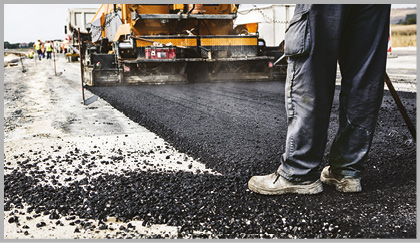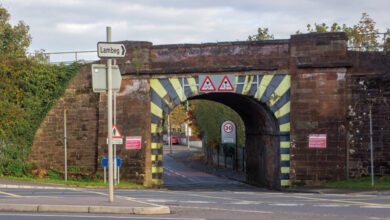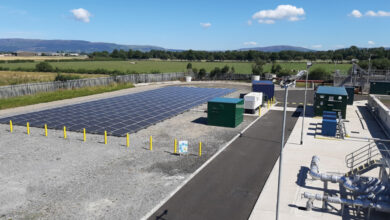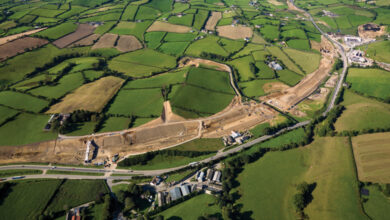Planning for the road ahead


Major road planning in Northern Ireland is going through a period of significant upheaval and uncertainty writes, commentator and researcher on Northern Ireland roads, Wesley Johnston.
Under Direct Rule, and in the years following, there was a general consensus that road building should be based on immediate economic need, meaning the most congested routes or those with the highest economic benefits should be prioritised for road upgrades. As budgets increased following the 1998 Good Friday Agreement ambition increased. However, the same basic planning policy persisted with upgrades focusing on busy inter-urban routes such as the A1, A4 and A26 and particularly the M1, M2 and Westlink in Belfast.
Over the past decade, some have argued that this approach is economically self-perpetuating, by feeding a cycle of increased economic development in Belfast and starving the west of investment. There have been increasing calls to proactively upgrade strategic roads to the west, particularly to Derry, to dual-carriageway standard. They argue that even if traffic levels alone don’t currently justify it, such a move will catalyse much-needed economic development. This has been heavily influenced by, and closely mirrors, the approach taken in the Republic of Ireland over the past 15 years.
This has led to an ideological battle within road planning with schemes that are high priorities in traffic/economic terms – such as the York Street Interchange in Belfast – in conflict with those that are high priorities under the proactive development approach – such as upgrades to the A5 and A6. The fact that schemes in the former category are more likely to be in majority unionist areas, and the latter in majority nationalist areas, has contributed to the temperature of this debate and the difficulties in achieving consensus.
As a result, the future direction of the strategic road improvement programme has never been less certain than it is now. The Regional Strategic Transport Network Transport Plan 2015, which guided planners for 10 years, has expired with no current replacement. And schemes are now being progressed on shorter timeframes to mirror Assembly mandates.
Successful schemes completed in the past year include the A31 Magherafelt Bypass and the dualling of the A26 Frosses Road, north of Ballymena. The £1.1 billion plan to dual the A5 is still in the planning stages, having been successfully challenged in court in 2012, with work due to begin on the Newbuildings to Strabane stretch later this year. Meanwhile, dualling of the A6 from Randalstown to Castledawson is partly underway, but with a stretch near Toome currently on hold due to another legal challenge. York Street Interchange in Belfast now has funding – for as long as the DUP-Tory pact lasts – but is itself bogged down in a legal challenge brought by an unsuccessful contractor. Of the Executive’s flagship transport projects, only Belfast Rapid Transit (due to open next year) and the Belfast Transport Hub appear to be progressing unhindered.
Beyond these schemes, it is difficult to predict what might come next. There are an enormous number of projects in planning, but it would take 20 years to build them all with current funding levels. There are many difficult decisions to come.
Finally, the other major challenge facing the road network is a lack of structural maintenance. The £32 billion network requires a maintenance investment of £140 million per year, a figure we have fallen significantly short of for many years. The current deficit is now in the order of £1 billion, which means that our road network is deteriorating with time, evidenced by increasingly cracked tarmac and potholes.
Starving road maintenance of cash while pouring hundreds of millions of pounds into building new roads brings short-term benefits, but it is building up an unsustainable maintenance backlog that will inevitably have to be addressed. It is vital that politicians take this issue seriously in the coming years.





